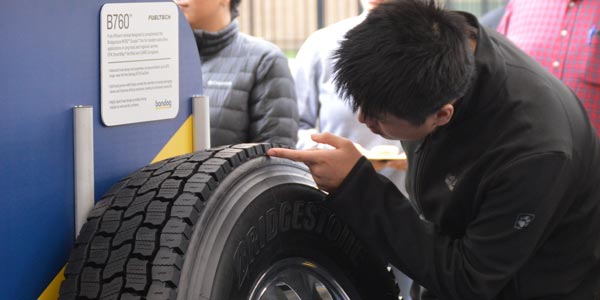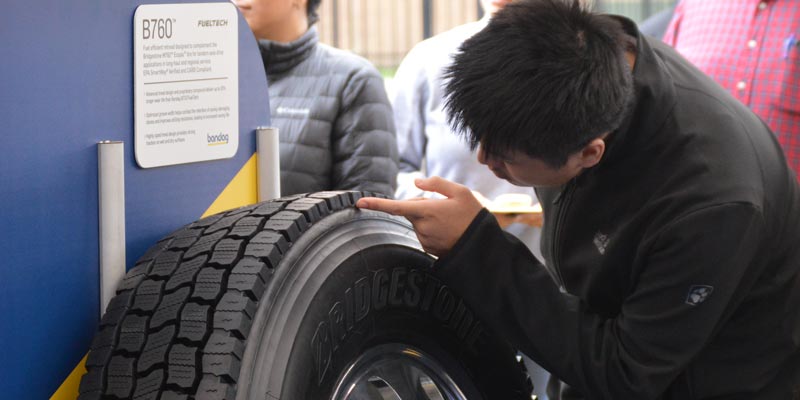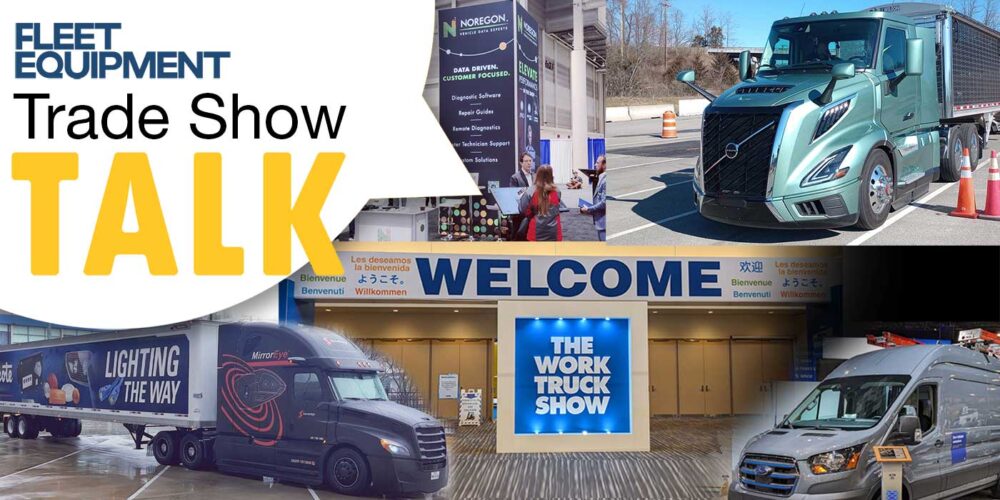
Tire manufacturers are constantly exploring ways to make the retread process more cost-effective while increasing productivity.
At Bandag, the business of Bridgestone dedicated to retreading, this starts by introducing each tire casing to a 10-step retreading process to determine if it is even qualified for retreading, according to Clay Timmons, manager of global dealer systems for Bandag with Bridgestone Americas Tire Operations (BATO). Bandag and other retread manufacturers are also focusing their efforts on reducing the chance that a tire casing could be damaged during the buffing process, where the old tread rubber is removed from the tire casing before applying the new tread.
“Historically, the buffing step was one in any retread process where the casing could be inadvertently damaged,” Timmons says. “Bandag now uses a patented belt detection technology that reduces the incidents of buffing into the belt package, which further protects the casing for retreading.”
Central Marketing, which has been a servicing supplier to the retread industry for more than 30 years, has started using what it calls a “smart buffer,” which uses a laser camera to profile the tire and determine the correct tread for that casing before moving on and processing that tire. Edd Burleson, president of Central Marketing, says this means the operator only needs to mount the tire and scan the barcode and the machine will take it from there, helping ensure quality standards for every tire processed.
Consider the steer position
Many carriers have considered retreads a viable option only for drive and trailer axles, but today experts recognize the steer axle as a safe and dependable choice in specific applications as well.
Timmons says that many fleets will start by using new tires in the steer position and will then retread the casing for use at the drive position, followed by the trailer position, helping to maximize their tire investment. But in some operations, including the waste, construction and delivery industries, it might be more profitable and productive to use retreads on the steer axle from the start, according to David Stevens, managing director of the Tire Retread and Repair Information Bureau (TRIB).
“In operations like these, where service requirements can be severe and you are measuring tire life in months, using retreaded tires in the steer position is important to bottom-line financial results, without impacting performance and downtime,” Stevens says.
One important note for commercial passenger buses, though: According to the Federal Motor Carriers Safety Administration (FMCSA), retreads still may not be specified for the steer position on these vehicles.
Is it OK to install a new tire directly next to a retread on a dual wheel?
Although some fleet managers will hesitate to do so, the short answer is yes, says Roger Best, a project manager in the Bridgestone Americas market sales engineering department. However, you must be thoughtful to avoid irregular wear or premature tire failure.
“It’s important that the diameter and circumference of each tire be comparable. Some of the most common reasons for mismatched duals are non-comparable tread depths, differing tire pressures or differing casing sizes,” Best says. “Second, fleets should consider the type of tire and tread pattern when running them side-by-side on a dual assembly. For example, it’s not advised to run bias tires and radial tires on the same axle.”
He added that according to the Technology and Maintenance Council (TMC)’s Radial Tire and Disc Wheel Service Manual, two radial tire assemblies should have a diameter difference of no greater than ¼ in. and a circumference difference of no greater than ¾ in. between them.














